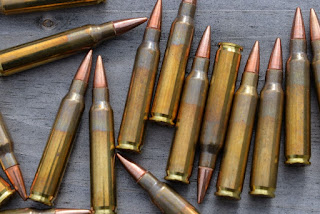BLOG: We need to talk about Followership!
Having recently been asked an interesting question (on Twitter) by and after a chat via DM to a couple of other Twitter followers; here’s my condensed take on the subject. While the below pasted tweet was intended as leadership-orientated, with the would-be reader as the subject encouraged to think; it was suggested to consider the ‘follower’ angle... and rightly so. The leader could be the best in the world, but without their followers they’re nothing. "Your subordinates do 1 of 4 things when you’re not around: [1] Boast about you to peers in other Depts/Units [2] Correct others when you’re being discussed in a negative way [3] Go quiet when you’re being discussed in a negative way [4] Destroy you behind your back You own this. Fite me" Previously, as Retention SNCO, I was too aware that a common gripe with service leavers was a chronic lack of appreciation. In my honest opinion this permeates across a lot of the organisation. We have to celebrate successes, not always down



